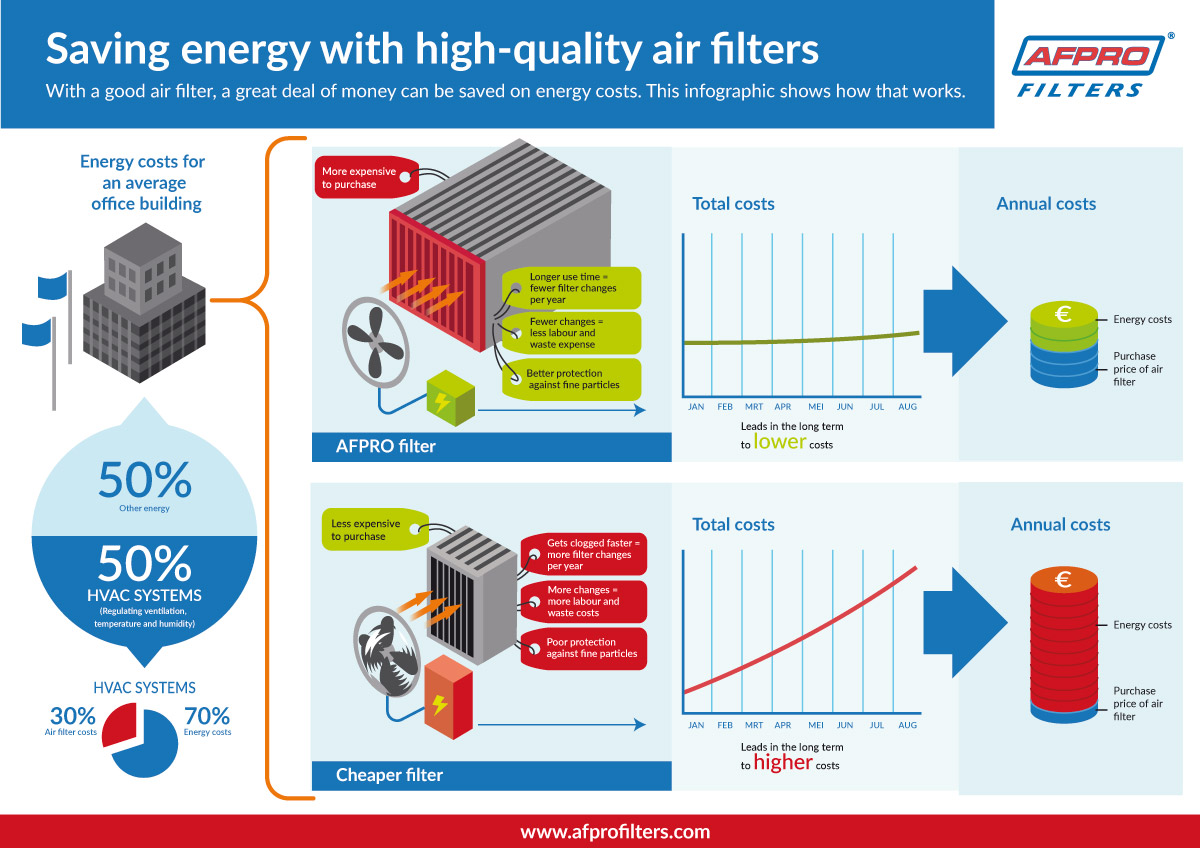The Ultimate Overview To Comprehending Warm Pumps - Exactly How Do They Work?
The Ultimate Overview To Comprehending Warm Pumps - Exactly How Do They Work?
Blog Article
Web Content Produce By-Neergaard Montoya
The best heat pumps can save you significant quantities of cash on energy bills. They can also help reduce greenhouse gas exhausts, particularly if you utilize electricity in place of nonrenewable fuel sources like lp and home heating oil or electric-resistance furnaces.
Heatpump work very much the same as air conditioners do. This makes them a feasible option to typical electrical home furnace.
How They Work
Heatpump cool down homes in the summertime and, with a little aid from electrical energy or gas, they offer a few of your home's home heating in the winter. They're a great alternative for people who want to reduce their use of fossil fuels yet aren't prepared to change their existing heating system and air conditioning system.
They rely on the physical truth that also in air that appears also cold, there's still energy existing: warm air is constantly moving, and it wishes to move into cooler, lower-pressure atmospheres like your home.
The majority of power celebrity licensed heatpump run at close to their heating or cooling ability throughout most of the year, reducing on/off biking and saving energy. For the very best performance, focus on systems with a high SEER and HSPF ranking.
The Compressor
The heart of the heat pump is the compressor, which is likewise referred to as an air compressor. This mechanical moving tool makes use of possible energy from power creation to enhance the stress of a gas by reducing its quantity. It is different from a pump in that it just services gases and can't deal with liquids, as pumps do.
what is the best heat pump for the money gets in the compressor through an inlet valve. why not try this out travels around vane-mounted arms with self-adjusting size that separate the interior of the compressor, producing several cavities of differing dimension. The blades's spin pressures these dental caries to move in and out of stage with each other, pressing the air.
The compressor reels in the low-temperature, high-pressure refrigerant vapor from the evaporator and compresses it right into the hot, pressurized state of a gas. This procedure is repeated as needed to supply home heating or air conditioning as called for. The compressor also contains a desuperheater coil that reuses the waste warmth and adds superheat to the cooling agent, transforming it from its liquid to vapor state.
The Evaporator
The evaporator in heat pumps does the same point as it does in fridges and air conditioners, changing liquid refrigerant into an aeriform vapor that removes warmth from the area. Heatpump systems would certainly not work without this essential piece of equipment.
This part of the system lies inside your home or building in an interior air trainer, which can be either a ducted or ductless system. It includes an evaporator coil and the compressor that compresses the low-pressure vapor from the evaporator to high pressure gas.
Heat pumps absorb ambient heat from the air, and afterwards make use of power to move that heat to a home or organization in home heating mode. That makes them a great deal more energy efficient than electrical heating systems or furnaces, and because they're using clean electrical power from the grid (and not shedding fuel), they also produce much fewer exhausts. That's why heatpump are such excellent environmental selections. (Not to mention a substantial reason that they're ending up being so preferred.).
The Thermostat.
Heatpump are great options for homes in chilly environments, and you can utilize them in combination with conventional duct-based systems and even go ductless. They're a wonderful alternate to fossil fuel heater or typical electric heating systems, and they're more sustainable than oil, gas or nuclear heating and cooling tools.
Your thermostat is the most crucial component of your heatpump system, and it functions really in a different way than a traditional thermostat. All mechanical thermostats (all non-electronic ones) job by using materials that alter dimension with increasing temperature, like curled bimetallic strips or the broadening wax in an automobile radiator shutoff.
These strips contain two different kinds of metal, and they're bolted with each other to create a bridge that completes an electric circuit connected to your a/c system. As the strip obtains warmer, one side of the bridge expands faster than the other, which causes it to flex and indicate that the heater is needed. When the heatpump remains in heating setting, the turning around shutoff reverses the circulation of refrigerant, to ensure that the outside coil now functions as an evaporator and the interior cylinder becomes a condenser.